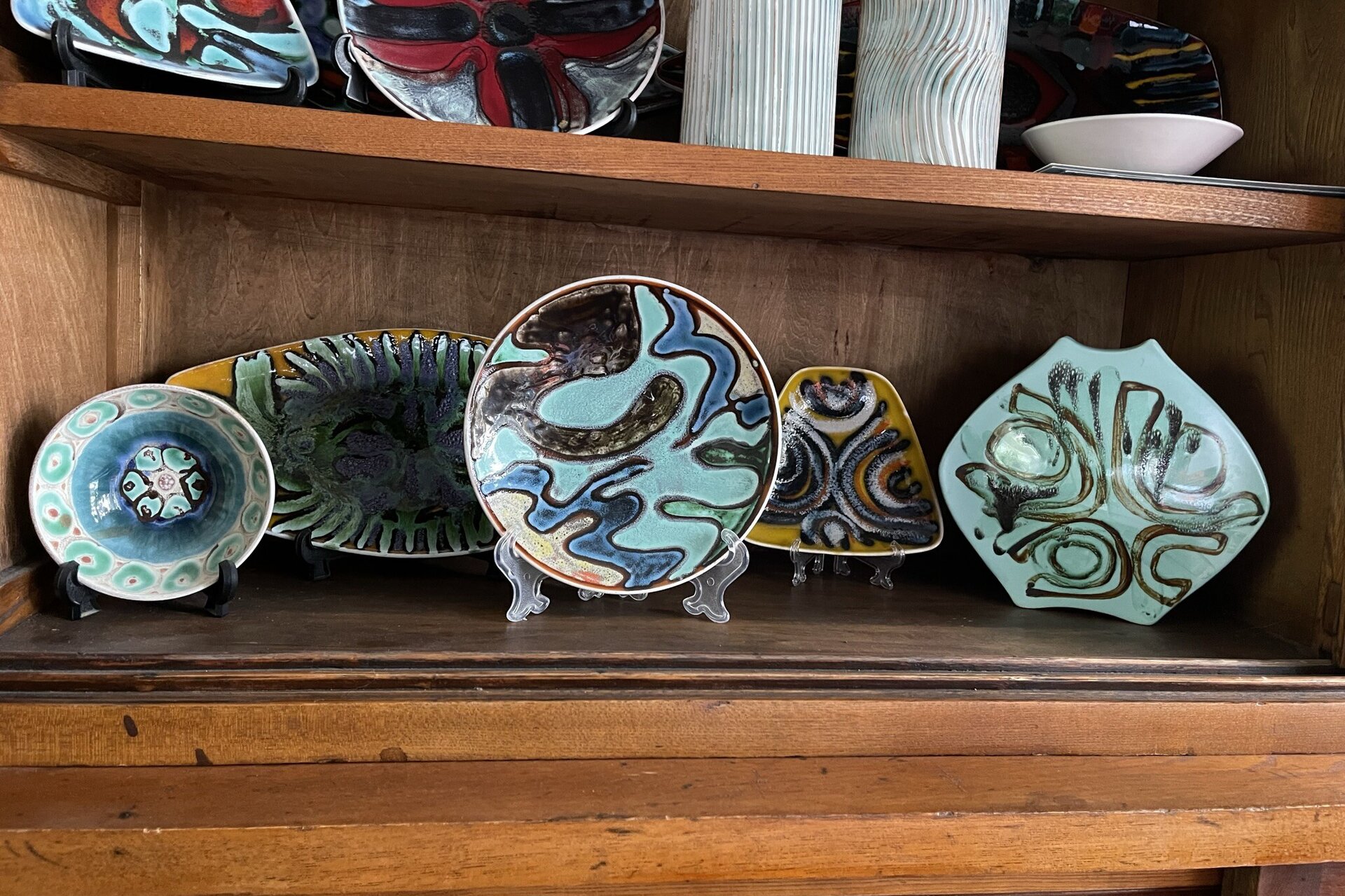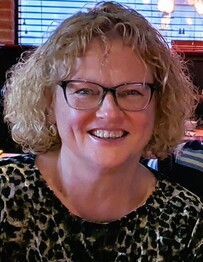From the President
Happy festive season to all.
The Circle has had a busy spring, starting in early October with the curatorial team working once again with the Cranlana collection.
We also held our first John Kenny Memorial lecture in over a decade. In honour of our dear former member, the late John Kenny, the Circle sponsored John Whitehead, international author, dealer and specialist in 18th century French decorative arts, to come to Australia to present. On 9th October he spoke to a substantial audience of Circle members, guests and members of the public on Sèvres in the King’s private apartments at Versailles; how porcelain was used as royal interior decoration.
This was a fabulous virtual tour through the royal apartments of Louis XVI and Marie-Antoinette. The display of the Sèvres porcelain is informed by the enthusiasm with which the king purchased it, a room-by-room 1791 inventory and the long process of preserving or recovering pieces over the intervening centuries.
John started us in the king’s state bedroom with four superb vases, decorated with a pink ground, small gilt disks and ‘Chinese’ style birds. We continued through magnificent rooms of carved and gilded furniture, sumptuous textiles and further examples of Sèvres, tea sets, figural sculpture, ink wells, plaques, often with gilt bronze mounts, sometimes supporting timepieces or incorporated into furniture, all of the most exquisite quality. It was wonderful to see these beautiful treasures in their original setting and to hear so much about their creation, preservation and, sometimes, rescue.
This excellent lecture was held at a prestigious and beautiful city club and followed by a delicious meal for those who elected to dine afterwards.
Circle members were also able to hear John speak at our regular October meeting, on Sèvres and the marchand merciers, the dealers who made the porcelain even more beautiful. These entrepreneurs acted as retailers for the royal factory and incorporated its output into composite pieces for their elegant clientele.
John discussed the strictures of the guild system and the role of the marchand merciers in bringing the ébénistes and bronziers and marbriers together, along with Japanese lacquer and Chinese silk and Sèvres porcelain etc., etc. We met some of the greats, Messieurs Gersaint, and Hébert, and Duvaux, and Poirier. We admired the confections they produced, a toilette table with silver-mounted Meissen porcelain, imitation lacquer boxes, brushes and a silk interior, all made by separate specialists and coordinated by the marchand mercier; or a magnificent vase of Vincennes porcelain flowers, strung on gilt bronze sprays, mounted on a gilt bronze base; or an exquisite commode, oak and thuya burl, with Sèvres plaques, gilt bronze mounts and a red griotte marble top.
The customers of the marchand merciers included the French royal family, the royal mistresses, European and British aristocracy and those who wished to emulate them. The marchand merciers were the ultimate taste makers, the luxury ‘influencers’ of their day.
In November Greg Hill spoke to us on Victoria’s Earliest Potteries: our convict era potters. While Victoria received very few convicts, free settlers arrived during the convict period, c1820 to 1870, amongst them potters (predominantly from Derbyshire) who set up works across the colony.
With the help of old maps and example wares Greg introduced us to enterprises such as Hagan’s Pottery, Richmond (1842), Augustus Fritsch, Brickmaker, Collingwood (1851), Porter & Sons, Geelong (1855), Phoenix Brickworks, North Melbourne (1856), Kendall & Turton, Castlemaine (1857) and George Guthrie’s Bendigo Pottery (1858). Greg showed us many examples, in stoneware or terracotta, such as milk pans, chimney pots, ginger beer bottles, butter coolers, garden edging, pipkins, bung jars and water monkeys, demonstrating how crucial pottery was at this time.
Greg also spoke of his own fascinating archaeological endeavours, particularly around Geelong, saving sherds and site evidence in the face of subdivision development. Victorian’s are clearly indebted to Greg when it comes to preserving and understanding their state’s ceramic history.
In December our Christmas supper will be accompanied by a ‘show and tell’ on the theme of Joy. Please bring your happiest pieces!
Looking forward, Matthew Martin has agreed to be our first speaker in 2026, on a topic yet to be determined – but, Matthew being Matthew, it is guaranteed to be excellent.
Finally, a very important matter. Our esteemed treasurer, Merilyn Hoystead, who has filled this position since 2017, has advised that she will step down at our March AGM next year. Merilyn has been an absolute stalwart in this role and the committee and I really want to say ‘thank you’ to Merilyn for her dedication and meticulous management of the treasurer responsibilities. Fortunately Merilyn has agreed to stay on the committee during 2026 to facilitate the transition to a new treasurer.
A treasurer is critical to the Circle’s existence, as we must have the position filled to comply with our Australian Charities and Not-for-profits Commission (ACNC) obligations. Without a treasurer, we cannot legally function.
Therefore I am looking for a member to volunteer to become the Circle’s next treasurer. Merilyn assures us that the work is not onerous and she is most happy to support the next incumbent. Please reach out to me or Merilyn, or any committee member, if you are able to join us in the role. Thank you
Genine Wallinga
President, November 2025

